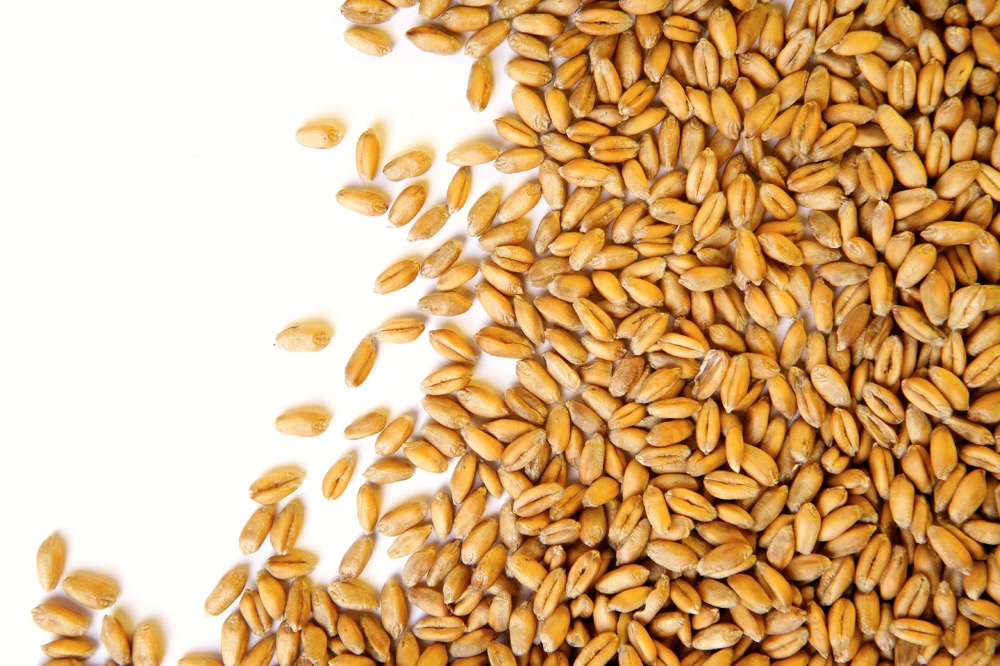Chicago | Reuters –– U.S. corn and soybean futures fell on Tuesday from two-week highs as stable crop ratings eased concerns about dry Midwest weather, while China’s devaluation of the yuan led to broad weakness in commodity markets.
Wheat also slipped, one day after rallying in step with corn and soybeans despite signs of large supply from Northern Hemisphere harvests.
At the Chicago Board of Trade, spot September corn settled down 13-3/4 cents, around three per cent, at $3.76-1/2 per bushel (all figures US$).
Read Also

IGC raises 2025/26 world wheat crop forecast
The International Grains Council has raised its forecast for 2025/26 global wheat production with crop outlooks upgraded for Russia, the United States and Argentina.
New-crop November soybeans fell 23 cents to $9.71-1/2 a bushel, and September wheat ended down 18-1/4 cents at $5.07-1/4 a bushel.
Corn declined after the U.S. Department of Agriculture rated 70 per cent of the U.S. crop in good to excellent condition in a weekly report late Monday, unchanged from the previous week, bucking trade expectations for a slight decline.
“Crop conditions helped to set the overnight tone,” said Don Roose, president of U.S. Commodities in Iowa, adding, “weather is probably less threatening than people thought yesterday.”
U.S. soybean ratings were also steady, with 63 per cent rated good to excellent.
“People get worried about crop condition, downgrades and yields, then you get reports which show things are pretty OK and there are no major issues with the crop,” said Phin Ziebell, agribusiness economist with National Australia Bank.
Additional pressure stemmed from Brazil’s government crop supply agency Conab raising its 2014-15 corn crop estimate to 84.3 million tonnes, up from 81.8 million last month and above USDA’s figure of 82 million.
Grain prices were also curbed by a drop in crude oil and metals after China devalued the yuan to boost its faltering economy. The move raised concerns that a persistently weaker currency will choke off demand in the world’s top commodities consumer.
Traders continued to adjust positions ahead of USDA’s monthly supply/demand reports on Wednesday. Analysts expect the government to lower its estimates of U.S. yield, production and ending stocks for corn and soybeans, while raising its U.S. wheat stocks forecast.
USDA is also expected to trim its estimate of U.S. soybean acreage following flooding in some areas this spring.
— Julie Ingwersen is a Reuters correspondent covering grain markets from Chicago. Additional reporting for Reuters by Gus Trompiz in Paris and Naveen Thukral in Singapore.











